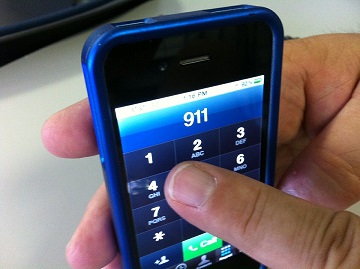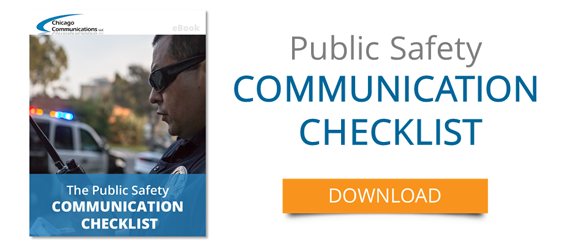As emergency communications equipment has lagged behind consumer technology, everyone from global governments to telecom companies and cell phone manufacturers has been collaborating to bridge the gap, particularly when it comes to pinpointing emergency callers’ locations. In the UK, a new technology known as Advanced Mobile Location, or AML, is showing promise as a public safety game changer.
and cell phone manufacturers has been collaborating to bridge the gap, particularly when it comes to pinpointing emergency callers’ locations. In the UK, a new technology known as Advanced Mobile Location, or AML, is showing promise as a public safety game changer.
AML is the product of a collaboration between British Telecom, the European Emergency Number Association and handset maker HTC. In a case study of the project, officials said the new solution immediately improved location accuracy levels “by over 4,000 times” vs. the legacy systems.
No major capital investment from any of the stakeholders was required to launch AML, and its low cost and effectiveness give it the potential to join all the essentials that local governments need in their public safety budgets.
The State of Location Identification
Currently, public safety answering points rely on three main sources of location data for cell phones. Listed in order of accuracy, they are:
- The location of the cell tower the device is using to connect to the network;
- The signal from GPS satellites, which can lead to inaccuracies if the user isn’t out in the open; and
- A method called WiFi fingerprinting that combines the unique identifiers of individual devices and the public or private WiFi access points they come into contact with.
How AML Works
The Advanced Mobile Location solution uses all of the above to transmit a caller’s precise location information to emergency services without the caller having to do anything.
AML first determines whether the GPS or WiFi location information is more accurate, then compares it against the cell tower data to pinpoint a caller’s location within feet.
Once the location is pinpointed, the mobile device transmits an SMS-based protocol to the public safety agency. The transmission occurs even while a call is still in progress, and without the caller even aware that it’s happening.
The SMS transmissions contain a wealth of information in their 160 characters, including: the user’s latitude and longitude, the date and time the location was determined, the positioning method used (GPS, cell phone signal or WiFi), the percentage probability that the location is correct, the device’s unique identifiers and country code.
UK officials have applauded the project’s success and say they hope it will “inspire other emergency services, Government officials, MNOs [mobile network operators] and handset manufacturers to follow suit.”
To get a free estimate on the best 911 communications solution for your dispatch center, click here.



